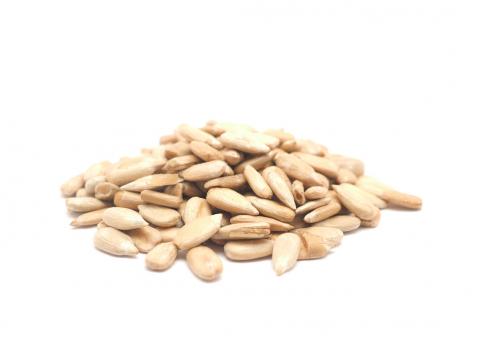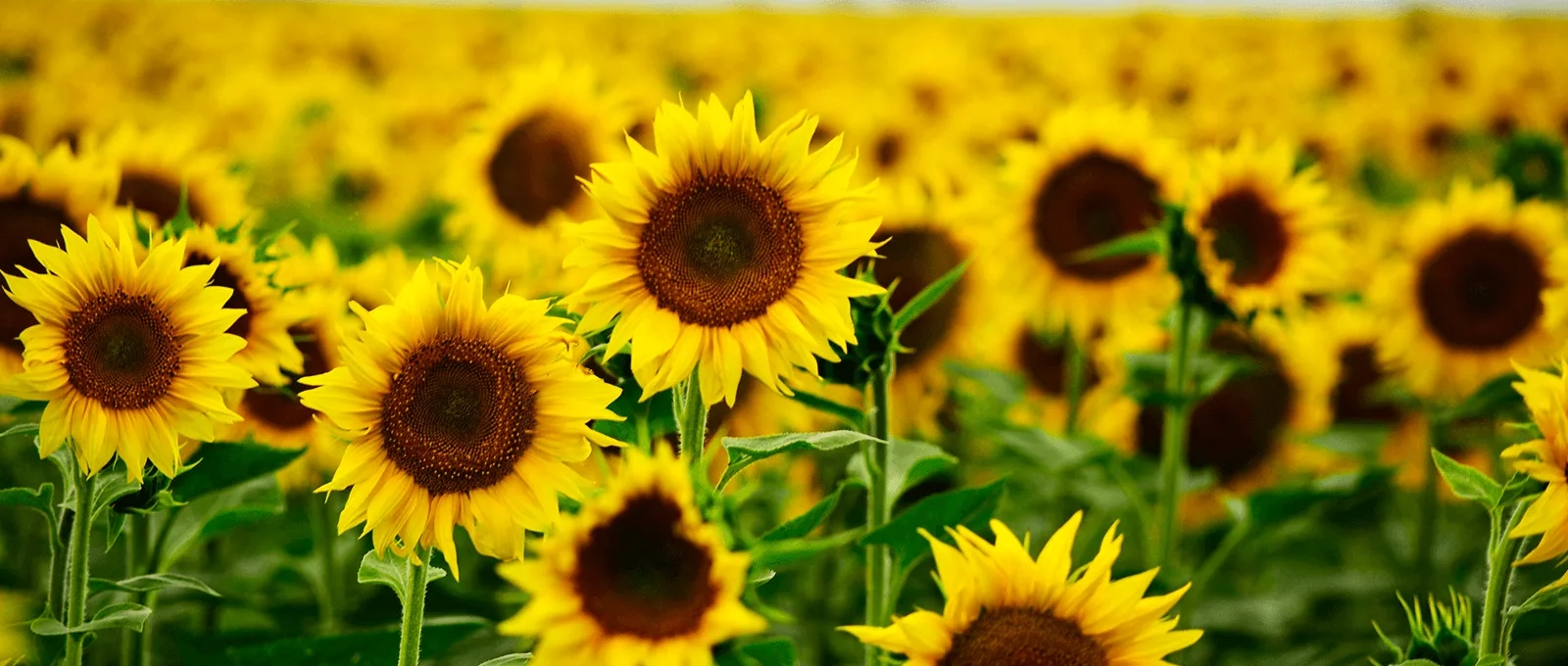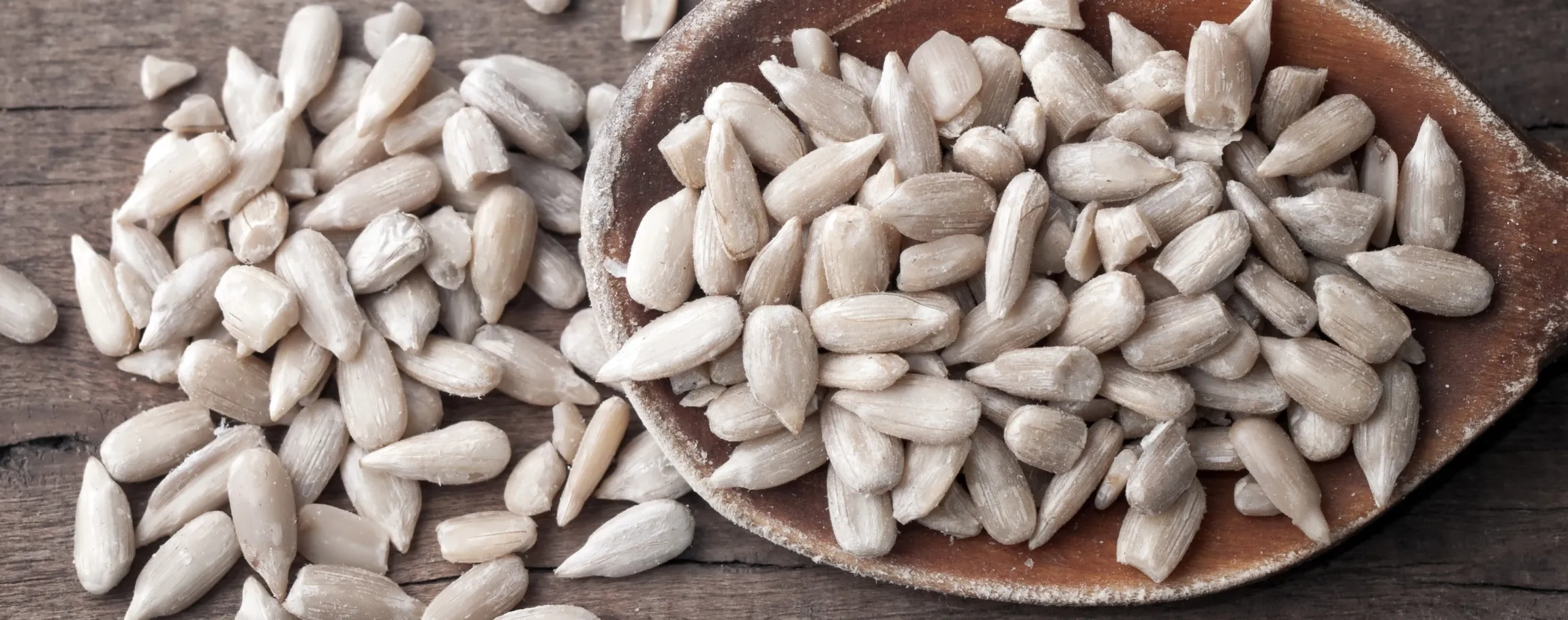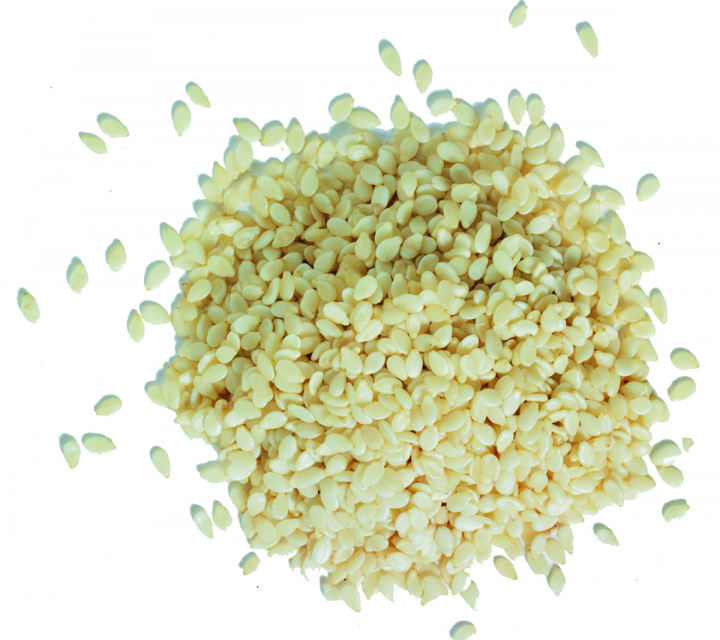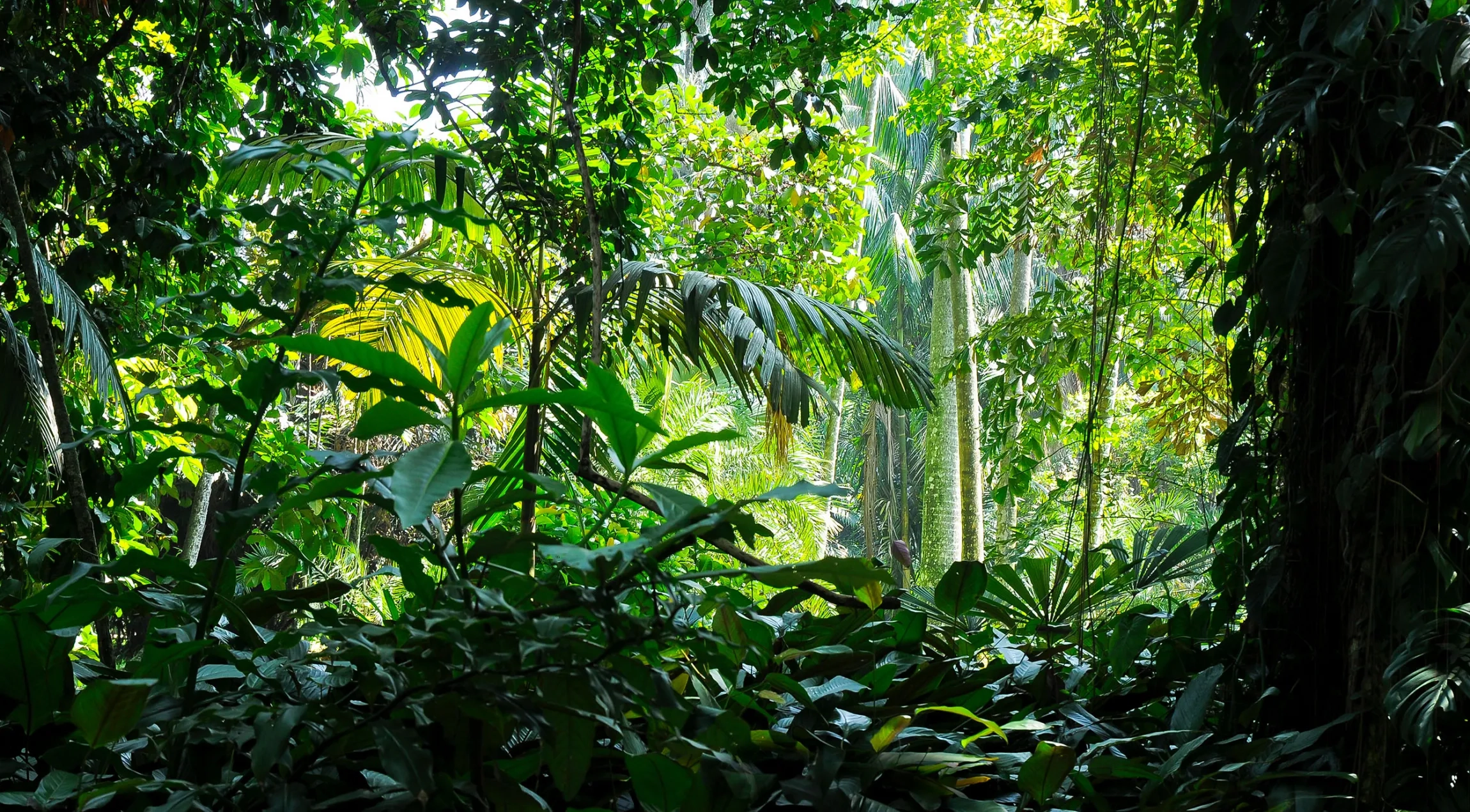Sunflower seed
Helianthus annuus
Origin
Bulgaria
China
Ukraine
Moldova
Hungary
China
Ukraine
Moldova
Hungary
Harvest time
September
Quality
confection
bakery
chips
Further qualities on request
bakery
chips
Further qualities on request
All products are also available from certified organic cultivation.
For product specifications, please contact:
Dirk Elsmann (d.elsmann@keyaniyan.de)
Katrin Ohlhoff (k.ohlhoff@keyaniyan.de)
Image
